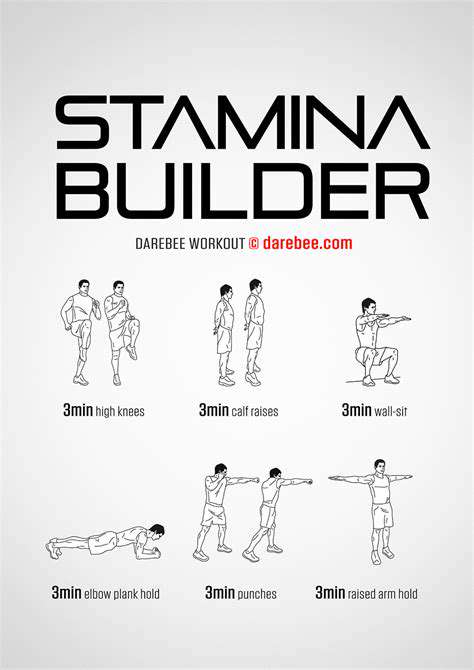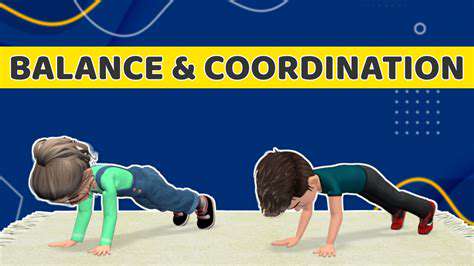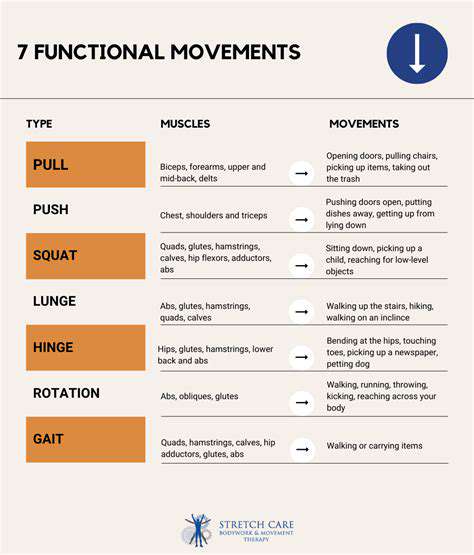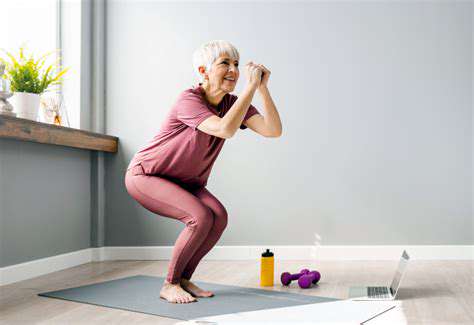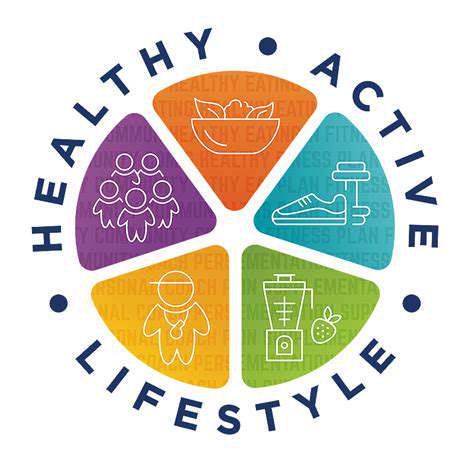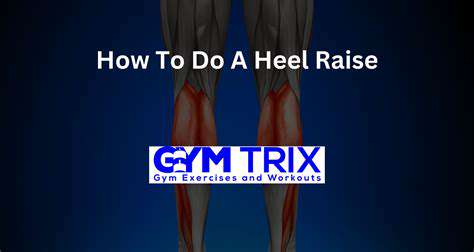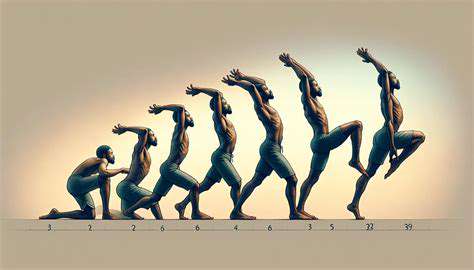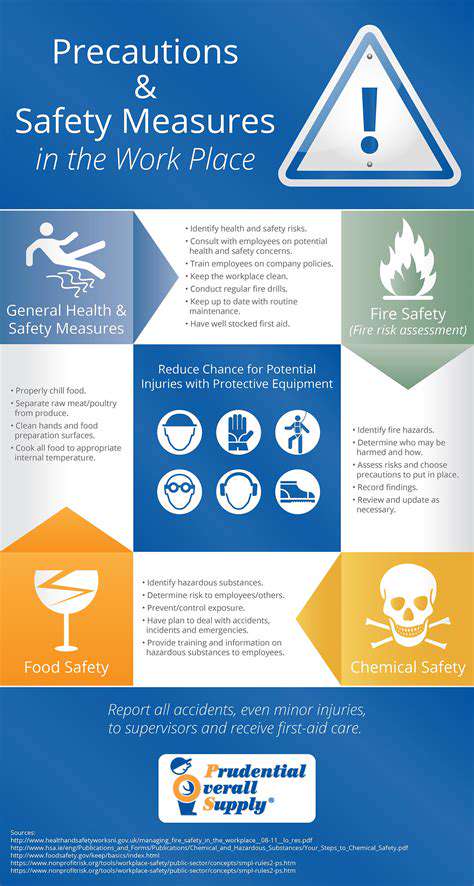Simple Strength Exercises for Seniors Who Use Walkers
Benefits of Strength Training for Seniors with Walkers
Improved Mobility and Balance
Strength training plays a crucial role in enhancing mobility and balance, which are essential for seniors using walkers. Regular exercise strengthens the muscles that support the joints, improving posture and reducing the risk of falls. By increasing muscle mass and power, strength training can help seniors maintain their independence and confidence in navigating daily activities. This includes tasks like getting in and out of chairs, climbing stairs, and even simply walking without assistance. Exercises focusing on core strength and lower body strength are particularly beneficial in this regard, as they directly impact stability and balance. A progressive approach to strength training allows seniors to gradually increase the intensity and difficulty of exercises, ensuring safety and optimal results.
Maintaining a strong foundation of balance and mobility is vital for preventing injuries and falls, especially for seniors who rely on walkers. Improved strength in the legs, hips, and core muscles directly translates to better stability and coordination. This increased stability allows for safer transitions between sitting and standing, reducing the risk of falls and injuries. Consequently, seniors can continue to engage in their preferred activities and maintain a higher quality of life, all while using their walkers with increased confidence.
Reduced Risk of Chronic Diseases and Increased Energy Levels
Strength training for seniors not only improves mobility and balance but also contributes to a reduced risk of various chronic diseases. Building muscle mass boosts metabolism, promoting better blood sugar control and potentially reducing the risk of type 2 diabetes. Stronger muscles also enhance cardiovascular health, contributing to improved heart function and reducing the risk of heart disease and stroke. Regular strength training sessions can contribute to maintaining a healthy weight, which is another important factor in preventing chronic diseases.
Beyond the physical benefits, strength training also promotes increased energy levels and a sense of well-being. As muscles become stronger, everyday tasks become easier, reducing fatigue and improving overall energy levels. This increased energy can translate to more active participation in social activities, hobbies, and other aspects of daily life. The improved sense of accomplishment and confidence that often accompanies strength training can further contribute to a positive outlook and an overall improved quality of life for seniors.
Strengthening muscles also plays a crucial role in managing chronic pain conditions. The increased muscle mass and tone can help stabilize joints, reducing pain and stiffness often associated with conditions like arthritis. This improvement in joint support can significantly impact daily comfort and allow for more freedom of movement, even when using a walker. It's important for seniors to consult with their healthcare providers before starting any new exercise program.
This enhanced energy level also allows seniors to be more active and engaged in their daily lives, leading to a more fulfilling and independent lifestyle. The mental well-being benefits associated with physical activity should not be underestimated. Strength training can improve mood, reduce stress, and promote better sleep quality, contributing to an overall sense of well-being.
Simple Exercises Using a Walker for Seniors
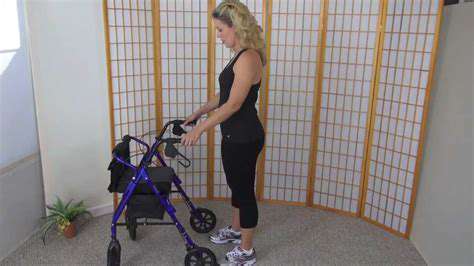
Walking for Beginners
Starting a walking program, even a simple one, can significantly improve your overall health and well-being. Walking is a low-impact exercise that's accessible to people of all ages and fitness levels. It's an excellent way to increase your cardiovascular fitness, burn calories, and improve your mood. Begin by setting realistic goals. Aim for short walks, perhaps 10-15 minutes, a few times a week. Gradually increase the duration and frequency as you feel more comfortable and stronger. Find a comfortable pace that allows you to maintain a conversation.
Consider incorporating walking into your daily routine. Park further away from your destination, take the stairs instead of the elevator, or walk during your lunch break. Small changes can make a big difference. Consistency is key to seeing results and maintaining a healthy lifestyle.
Choosing the Right Walking Gear
Comfortable shoes are essential for any walking program. Proper footwear provides support and cushioning, reducing the risk of injuries. Select shoes specifically designed for walking, with good arch support and cushioning. Make sure the fit is snug but not tight. You should have room for your toes and a little extra space in the toe box.
Consider wearing moisture-wicking clothing to keep you dry and comfortable during your walks. This will help regulate your body temperature and prevent overheating or discomfort. Appropriate clothing can also offer protection from the elements, such as sun or wind.
Finding a Walking Buddy or Group
Walking with a friend or joining a walking group can significantly enhance your experience and motivation. A walking buddy can provide encouragement and accountability, making it easier to stick to your routine. Sharing your experience with others can also make your walks more enjoyable and less monotonous.
Connecting with like-minded individuals can foster a sense of community and support. Group walks can offer a chance to meet new people and make new friends. Participating in a guided walking group can also provide you with valuable insights and tips on improving your walking technique and maximizing the benefits of your walks. These groups often offer structured training programs, which can be very motivating.
Varying Your Walks
To keep your walking routine interesting and challenging, consider varying your routes and terrain. Walking on different surfaces like grass, pavement, or trails can provide a different workout for your muscles. Exploring new routes can also enhance your enjoyment and help you discover beautiful places in your neighborhood. Introducing hills or inclines into your walks will challenge your muscles and improve your cardiovascular fitness.
Incorporating intervals of faster walking into your routine can increase your calorie burn and improve your cardiovascular health. Alternating between a brisk walk and a slower pace throughout your walk can also help to prevent boredom and improve your overall fitness.
Leg Strength Exercises with a Walker
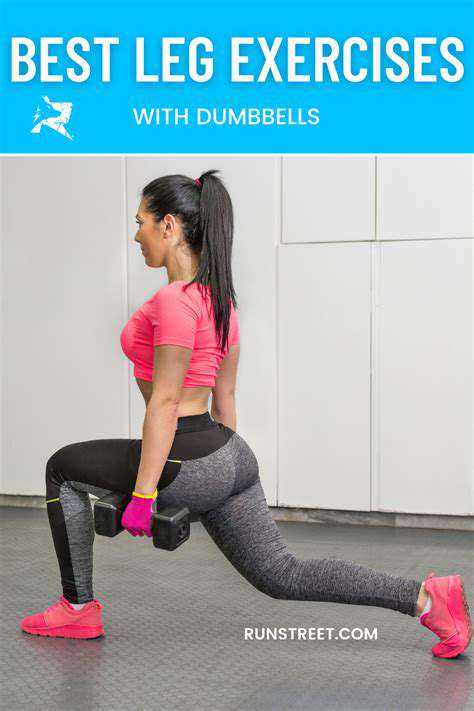
Walking for Muscle Development
Walking, often perceived as a simple form of exercise, plays a crucial role in building and maintaining leg strength. It engages a multitude of muscles in the legs, from the quadriceps and hamstrings to the glutes and calves. Consistent walking, even at a moderate pace, can significantly contribute to the development of these muscles, leading to improved overall leg strength and endurance. The rhythmic motion and repetitive stress on these muscles stimulate muscle growth and adaptation over time.
Choosing the right walking pace and terrain is key to maximizing the benefits of walking for leg strength. Incorporating inclines, hills, or stairs into your walking routine can significantly increase the resistance and challenge your muscles, pushing them to work harder and grow stronger. This progressive overload is essential for building muscle mass and improving functional strength. Walking uphill, for example, will engage the glutes and hamstrings more intensely than a flat walk.
Incorporating Resistance Training
While walking is a fantastic way to build leg strength, incorporating resistance training exercises can significantly accelerate the process. Adding resistance, such as weights or resistance bands, forces your muscles to work harder, leading to faster muscle growth and strength gains. These exercises can target specific muscle groups, allowing for a more focused and comprehensive approach to building leg strength.
Resistance training exercises like squats, lunges, and deadlifts are highly effective for developing powerful and robust leg muscles. These compound exercises engage multiple muscle groups simultaneously, maximizing muscle activation and leading to significant strength gains. It's essential to maintain proper form during resistance training to prevent injuries and optimize the effectiveness of the workout.
Consider including exercises like leg presses and hamstring curls to further isolate and strengthen specific muscle groups in your legs. These exercises, when performed correctly, will target and isolate various muscle groups, promoting their strength and development.
Advanced Techniques for Leg Strength
For individuals seeking to elevate their leg strength training, exploring advanced techniques can significantly improve results. These techniques often involve incorporating variations in exercises, increasing the intensity and duration of workouts, and focusing on proper rest and recovery. Advanced techniques can involve utilizing more challenging variations of squats and lunges, such as Bulgarian split squats or pistol squats.
Progressive overload is a crucial concept in advanced leg strength training. Gradually increasing the weight, reps, or sets of your exercises will stimulate your muscles to adapt and become stronger. Monitoring your progress and adjusting your training plan accordingly is essential for optimal results. Implementing rest days and active recovery strategies is just as important as the workouts themselves. Proper nutrition and hydration support muscle repair and growth.
Utilizing specialized equipment, such as resistance bands or weight machines, can provide additional challenges for leg strength training. These tools can offer varied resistance levels and target specific muscle groups with precision, allowing for a more personalized and effective workout.
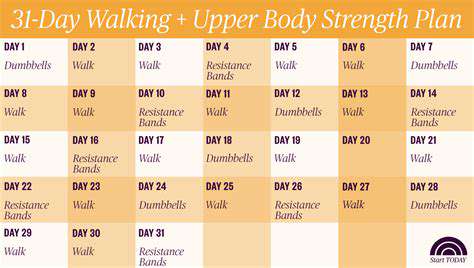
Important Considerations for Seniors Using Walkers
Choosing the Right Walker
Selecting a walker that fits your needs and physical abilities is crucial for safe and effective use. Consider the walker's weight capacity, adjustability features (like height and width), and overall stability. A walker that's too small or unstable can increase the risk of falls, while one that's too large or heavy can make it cumbersome to maneuver. Proper fitting is essential for maintaining balance and comfort during use. Consult with a physical therapist or occupational therapist to determine the most appropriate walker type for your individual needs and gait.
Maintaining Balance and Posture
Proper posture and balance are essential when using a walker. Maintain an upright posture while walking, keeping your weight centered over the walker's base. Practice standing and walking exercises to maintain core strength, which directly impacts balance and stability. Focus on maintaining a steady gait and avoid rushing or hurrying, which can increase the risk of losing your balance. Regular practice with your walker, in a safe environment, is key to building confidence and improving mobility.
Understanding Walker Safety Precautions
Knowing and adhering to safety precautions is vital for preventing falls and injuries. Ensure the walker's surface is clean and free of obstacles. Avoid using the walker on uneven surfaces or slippery floors. Be mindful of your surroundings and anticipate potential hazards. Make sure your clothing isn't too loose or restrictive, as this can affect your balance. If you experience any discomfort or pain while using the walker, stop and consult with your doctor or physical therapist.
Strengthening Leg Muscles
Walking with a walker, while it helps with mobility, can sometimes lead to weakening of leg muscles. Incorporating simple leg strengthening exercises, like calf raises and toe raises, can help maintain and improve muscle strength. These exercises can be performed while seated or standing, and can be adjusted to suit your current physical capabilities. Consistency in these exercises, even for short periods, will help maintain strength and improve overall mobility.
Using the Walker Effectively
Understanding how to use your walker effectively will greatly impact your safety and confidence. Practice proper pushing techniques and avoid leaning too heavily on the walker. Learn to navigate stairs and other obstacles safely using your walker. Take your time and maintain a steady pace while using the walker. Understanding the walker's limitations and your own physical limitations is crucial for preventing falls and injuries. Consider practicing in a safe environment like your home.
Proper Foot Placement and Gait
Proper foot placement and gait are critical for safe and efficient use of a walker. Ensure that your feet are positioned correctly on the walker's footplates. Maintain a consistent and controlled gait pattern, avoiding abrupt movements. Practice maintaining an even stride length and a rhythm when walking. These techniques are vital for maintaining balance and ensuring a safe and comfortable walking experience. Practicing in a familiar environment will help build your confidence.
